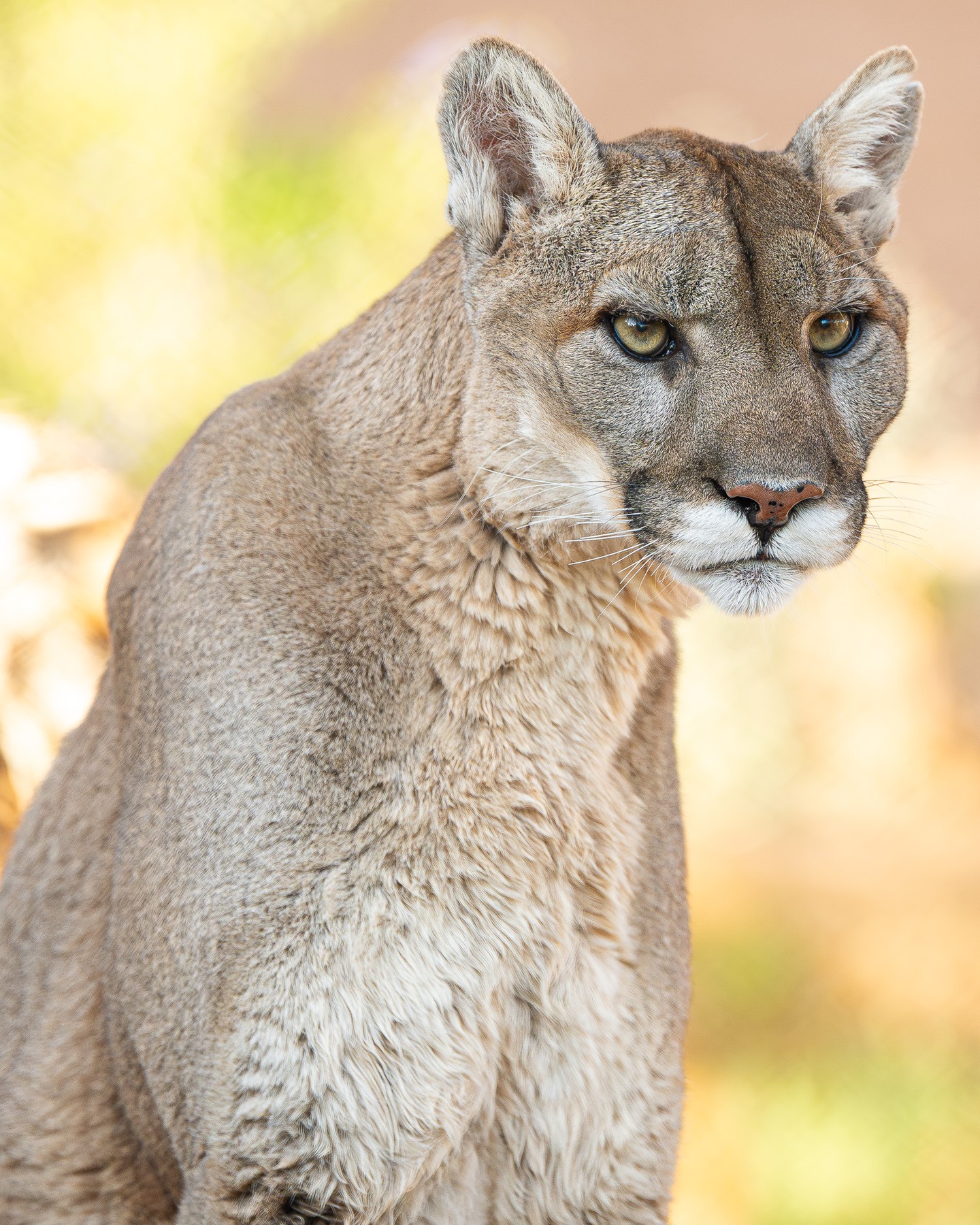- The life and impact of Mystic and Sierra, the orphaned mountain lions who resided at the Phoenix Zoo.
- The circumstances and challenges around their rescue and integration into captivity.
- The care and support offered to aging animals in zoos, focusing on Mystic’s final years.
- The role of zoos in conservation efforts and providing sanctuary to orphaned wildlife.
- The future of the Phoenix Zoo’s conservation initiatives and the introduction of new mountain lions, Fern and Thistle.
In the world of wildlife conservation, each story of rescue and survival offers valuable insights into the harmonious coexistence between humans and nature. The lives of Mystic and Sierra, two orphaned mountain lions, represent such a narrative, filled with learning opportunities for zoologists and conservationists.
Mystic and Sierra entered the care of the Phoenix Zoo as orphaned cubs from South Dakota in 2007. Their journey from the wild to a protected sanctuary underscores the significant role zoos play in offering refuge to injured and orphaned wildlife. For 17 years, these mountain lions lived out their days under the attentive care of dedicated staff who developed deep bonds with these creatures. Their secretive yet gentle nature captivated both visitors and caregivers alike, providing a fascinating study in mountain lion behavior.
As these lions matured, the challenges of aging animals became apparent. Mystic’s recent passing due to advanced renal failure highlights the complex health issues that can arise in older animals. Renal failure is not uncommon in senior felines, and Mystic’s condition required vigilant monitoring and compassionate treatment in her final days. The decision to humanely euthanize her was made with great care, prioritizing her quality of life. This situation illustrates the critical medical care and ethical considerations involved in the handling of aging wildlife in captivity.
The passing of Mystic’s sister, Sierra, earlier in the year marked another poignant moment for the zoo community. Recognizing these animals as individuals with distinct behaviors and needs has profound implications for how zoos manage animal welfare and habitat design. Each enclosure is crafted to simulate natural settings, providing both physical comfort and the mental stimulation necessary for healthy wildlife.
In the case of Mystic, her relocation to the newly designed Big Cats of Arizona habitat after Sierra’s passing offered a fresh environment for exploration. Such habitat innovations are vital in zoo management, reflecting ongoing advancements in enhancing the living conditions and overall well-being of captive animals.
Mystic and Sierra’s presence laid vital groundwork for the Phoenix Zoo’s methods in rehabilitating and caring for orphaned mountain lions. This legacy is a testament to the institution’s commitment to wildlife conservation. By accepting animals that may be unable to survive in the wild, zoos not only provide sanctuary but also contribute to broader conservation efforts through education and breeding programs. Engagement with the public fosters a deeper appreciation for predators like mountain lions and highlights the importance of preserving their habitats in the wild.
Looking ahead, the arrival of Fern and Thistle will continue this narrative at the Phoenix Zoo. These new arrivals underscore ongoing conservation efforts, emphasizing the zoo’s role in granting second chances to wildlife. By providing a home for these young lions, Phoenix Zoo maintains its commitment to diversified conservation initiatives. The introduction of new animals also brings fresh opportunities for research, allowing zoologists to study behaviors and adapt care strategies to evolving needs.
The legacy of Mystic and Sierra extends beyond their lifetimes, influencing zoo practices and conservation policies. Caring for big cats in captivity involves more than just meeting basic needs; it encompasses a holistic approach that considers the physical, psychological, and environmental aspects of animal welfare. Through sustained efforts in research, public engagement, and education, zoos play an indispensable role in safeguarding our planet’s biodiversity.
Such initiatives exemplify the potential for zoos to act as pillars of conservation, education, and community involvement. As society becomes more attuned to environmental issues, the impact of well-maintained zoos becomes increasingly relevant. They serve as essential platforms for advancing knowledge, fostering conservation ethics, and inspiring future generations to protect our planet’s rich and diverse ecosystems.
In capturing the essence of Mystic and Sierra’s journey, we are reminded of the interconnectedness of humans and the natural world. Their story resonates as a compelling call to action for continued preservation efforts and highlights the necessity for thoughtful and humane treatment of all living beings.
*****
Source Description
It is with a heavy heart we share that 18-year-old mountain lion, Mystic, was humanely euthanized this week due to rapidly declining health caused by advanced renal failure. Her sister, Sierra, passed away in February of the same disease.
The pair arrived in 2007 as orphaned cubs from South Dakota and made their homes at the Phoenix Zoo. Our keepers and staff cared for the sisters for the last 17 years and are dearly missing their secretive but sweet nature.
In the wake of her sister’s passing in February, Mystic moved to her new home in the new Big Cats of Arizona habitat and quickly found the best hiding spots. We feel fortunate to have witnessed her exploring the space and having the chance to welcome guests to the new habitat.
Mystic and Sierra laid the blueprint for our care and support of orphaned mountain lions. We celebrate their legacy and impact by continuing to grant second chances at life, starting with Fern and Thistle who will be joining us later this summer.


